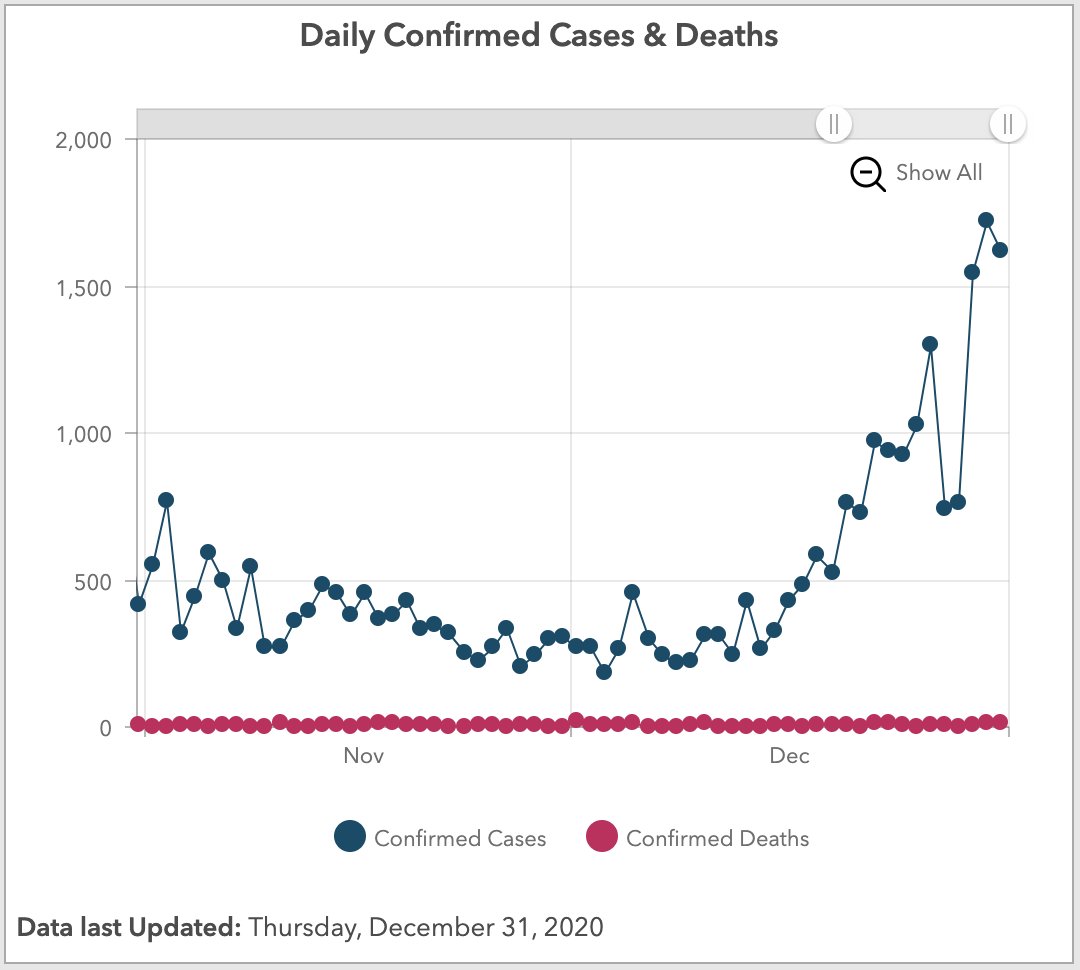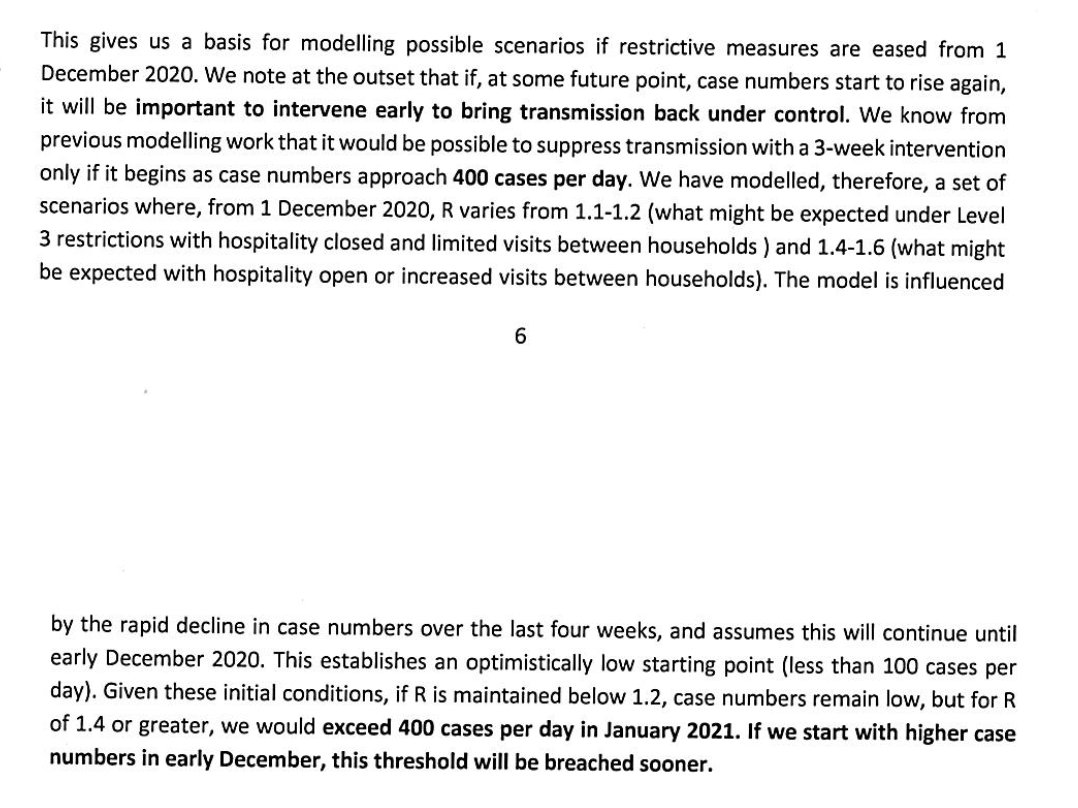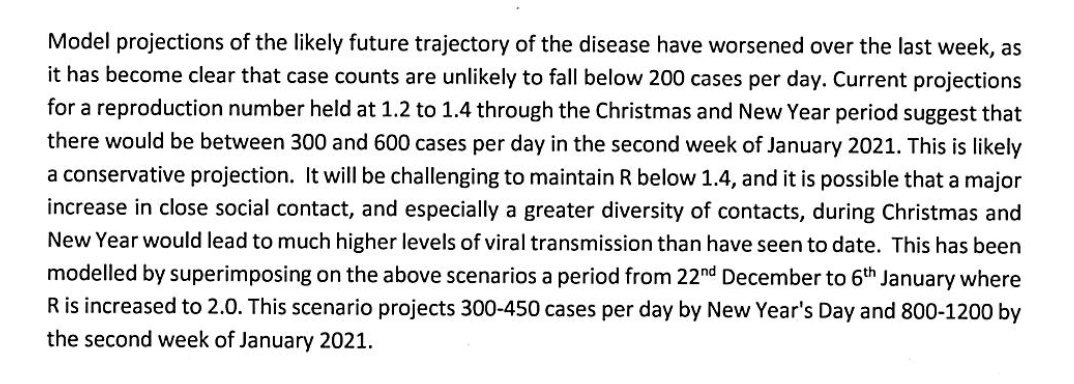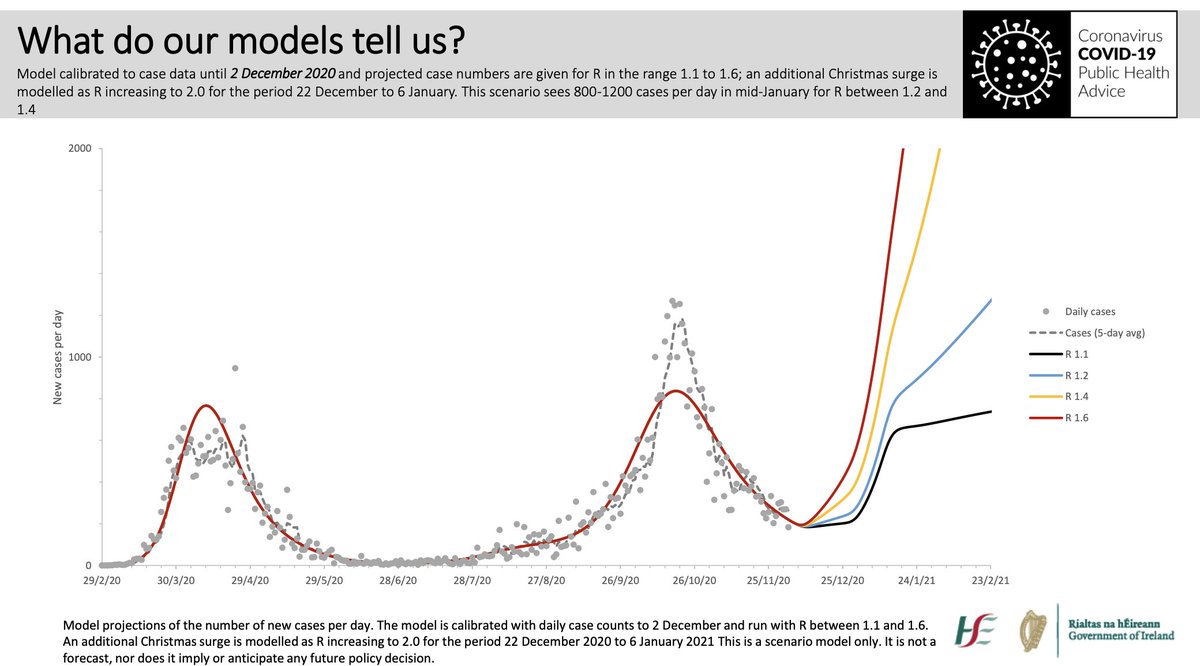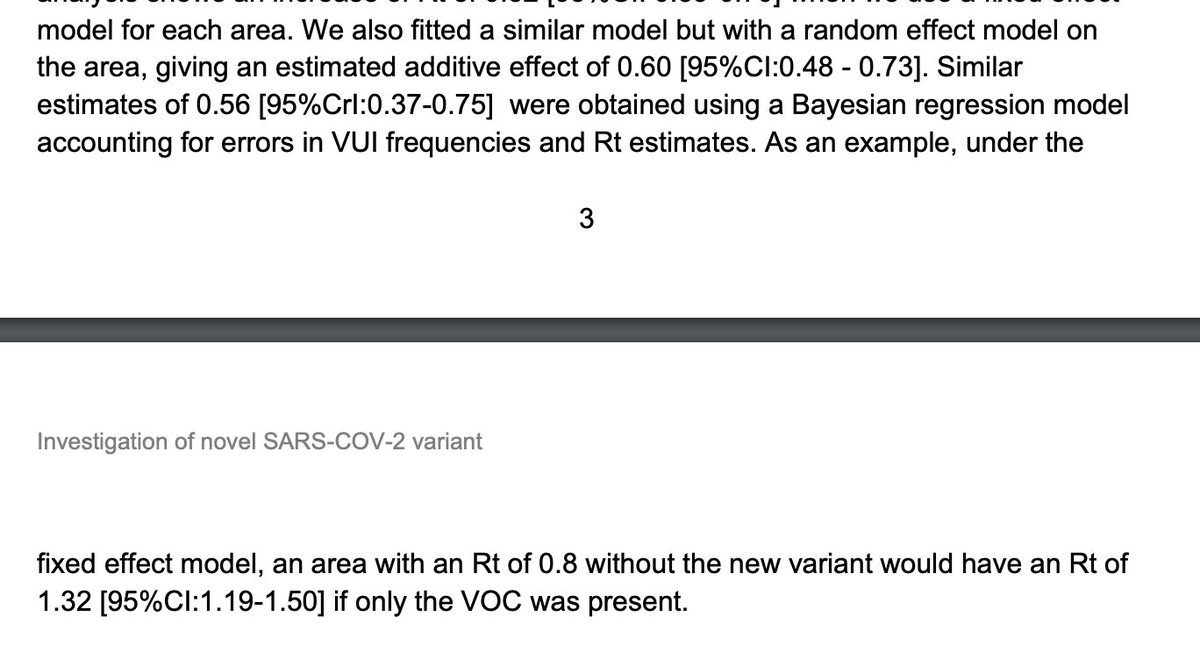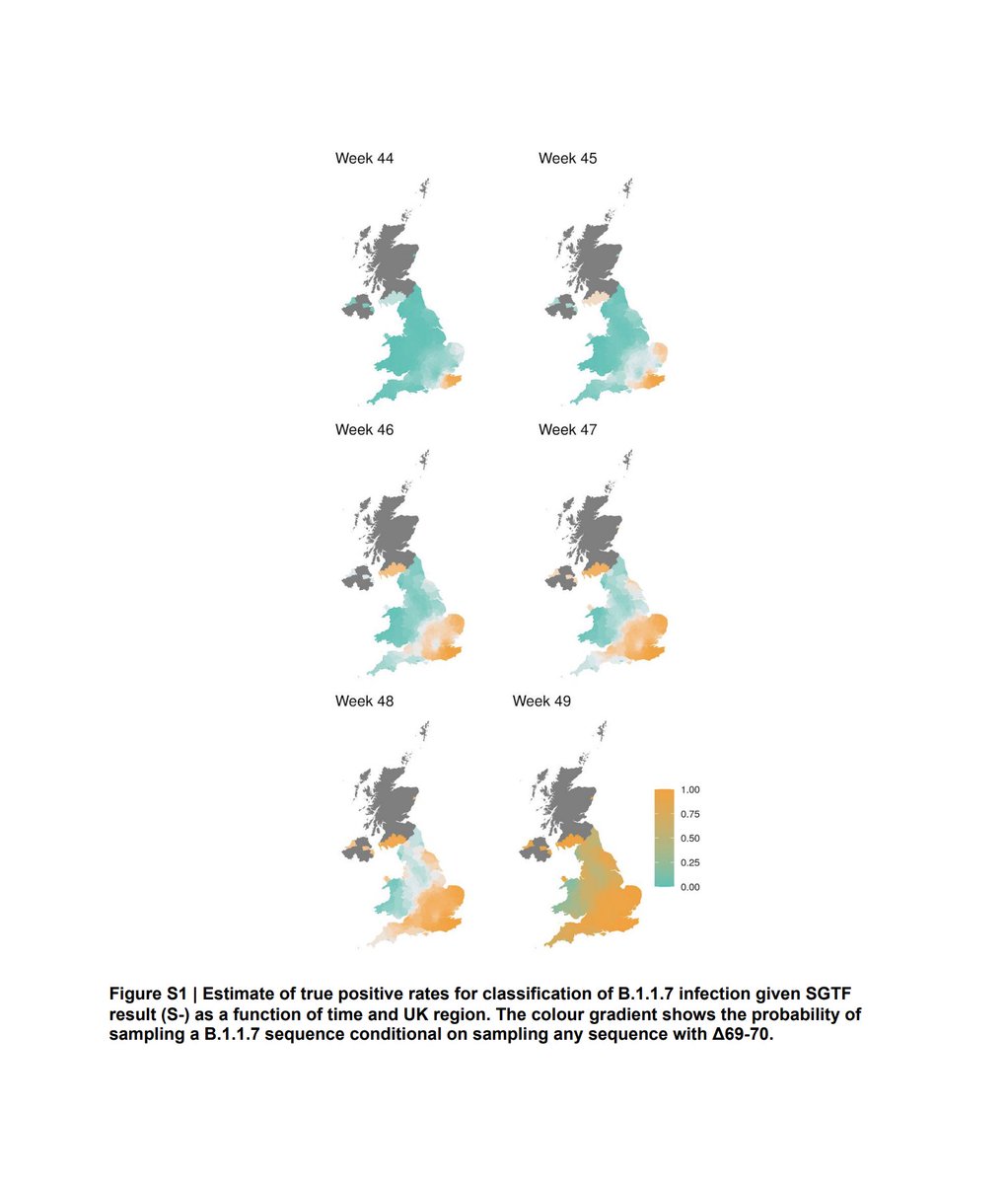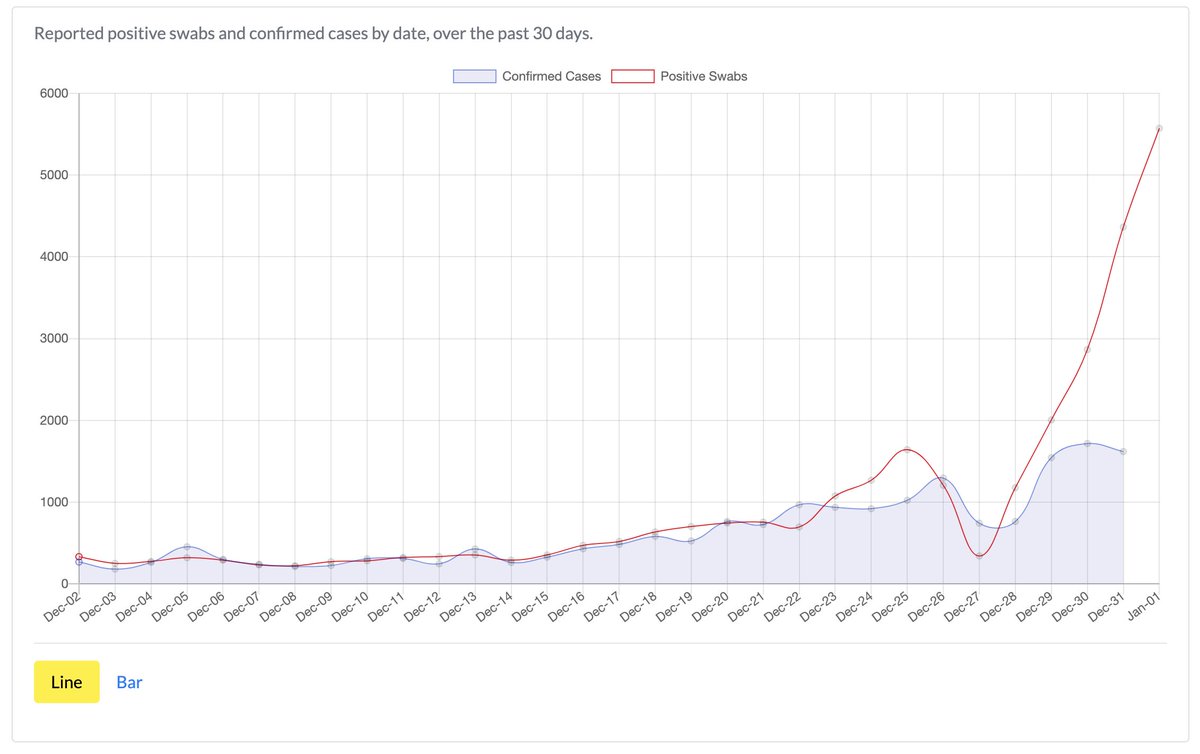Mega thread on seismic few days of the pandemic in Ireland.
 The govt implemented level five.
The govt implemented level five.
 More info about the UK variant.
More info about the UK variant.
 And NPHET held one of the most important briefings in months on New Years Eve.
And NPHET held one of the most important briefings in months on New Years Eve.
What's happened and where does it leave us now?
 The govt implemented level five.
The govt implemented level five. More info about the UK variant.
More info about the UK variant. And NPHET held one of the most important briefings in months on New Years Eve.
And NPHET held one of the most important briefings in months on New Years Eve.What's happened and where does it leave us now?
If you've understandably avoided news for the last week or more this should bring you up to date:
First: Stay home unless you have to leave, no visitors bar support bubbles, exercise within 5km. Essential shops only to open.
Stay home unless you have to leave, no visitors bar support bubbles, exercise within 5km. Essential shops only to open.
Full info: https://www.rte.ie/news/2020/1230/1187020-level-5-at-a-glance/
First:
 Stay home unless you have to leave, no visitors bar support bubbles, exercise within 5km. Essential shops only to open.
Stay home unless you have to leave, no visitors bar support bubbles, exercise within 5km. Essential shops only to open.Full info: https://www.rte.ie/news/2020/1230/1187020-level-5-at-a-glance/
How did we get here? The current restrictions were introduced on Dec 30 by An Taoiseach.
Prior to that it was to be 'level 5 with adjustments'. Non-essential retail, gyms, tennis and golf clubs were to remain open, schools were to return on Jan 5. https://www.rte.ie/news/2020/1222/1185888-cabinet-covid-19/
Prior to that it was to be 'level 5 with adjustments'. Non-essential retail, gyms, tennis and golf clubs were to remain open, schools were to return on Jan 5. https://www.rte.ie/news/2020/1222/1185888-cabinet-covid-19/
The 'level five with adjustments' plan was only introduced on Dec 23. It was supposed to be reviewed on January 12. Yet it was quickly overtaken, and superseded with stronger measures on December 30.
What happened that it was needed, and needed strengthening?
What happened that it was needed, and needed strengthening?
Background first: Cases flatlined into Dec around 300.
The hope was they'd fall further in the early weeks due to a lag effect from the previous level five of Oct-to-end-Nov, but they didn't. The baseline was about 300. In Oct, NPHET's aim was <100.
The hope was they'd fall further in the early weeks due to a lag effect from the previous level five of Oct-to-end-Nov, but they didn't. The baseline was about 300. In Oct, NPHET's aim was <100.
To understand the positions now, it's worth understanding the decisions then.
Govt & NPHET differed on specifics of level 3 for Dec.
NPHET wanted to allow some household visits, more for Xmas, hospitality closed.
Govt went with no visitors *until* Dec 18, hospitality open.
Govt & NPHET differed on specifics of level 3 for Dec.
NPHET wanted to allow some household visits, more for Xmas, hospitality closed.
Govt went with no visitors *until* Dec 18, hospitality open.
Both said some easing was warranted for December.
Both also accepted that the easing was likely to lead to an increase in cases into Christmas.
And both said they wanted to give people 'a meaningful Christmas'.
NPHET Nov 26:
Both also accepted that the easing was likely to lead to an increase in cases into Christmas.
And both said they wanted to give people 'a meaningful Christmas'.
NPHET Nov 26:
What they differed on was 'how', and how big an increase would be acceptable before changing course.
NPHET's view on Nov 26 was further 'intervention' would be needed once we hit 400 cases a day.
NPHET's view on Nov 26 was further 'intervention' would be needed once we hit 400 cases a day.
It modelled scenarios for different rates of R but on the "optimistic" basis that cases would continue to fall into early December to 100.
Even on that basis they projected, R of 1.4+ = 400 cases in January.
Even on that basis they projected, R of 1.4+ = 400 cases in January.
"If we start with a higher case number in early December, the threshold will be breached sooner."
We did start with a higher case number, around 300.
On Dec 3 NPHET said it was concerned about this high baseline but...
We did start with a higher case number, around 300.
On Dec 3 NPHET said it was concerned about this high baseline but...
...the worse case scenario displayed in the modelling that day, R 1.6, projected 1800+ cases a day some time in mid-late January.
We're around that now and it's only *just* about January.
We're around that now and it's only *just* about January.
Here's Professor Nolan warning on Dec 3 about the danger if we hit 1.4.
Unfortunately, we ended up way beyond 1.4, and even beyond 1.6, the worst case scenario displayed on that day. We hit 400 by about Dec 13th. https://twitter.com/rtenews/status/1334560225664393222?s=20
Unfortunately, we ended up way beyond 1.4, and even beyond 1.6, the worst case scenario displayed on that day. We hit 400 by about Dec 13th. https://twitter.com/rtenews/status/1334560225664393222?s=20
Why is this context important?
Because govt *now* often refers to how things have gone far beyond even worst case scenarios of NPHET, and say this is evidence that the increased transmissibility of the UK variant must have driven the December increase.
An Taoiseach, Dec 23:
Because govt *now* often refers to how things have gone far beyond even worst case scenarios of NPHET, and say this is evidence that the increased transmissibility of the UK variant must have driven the December increase.
An Taoiseach, Dec 23:
While NPHET *now* says the level of increased social movement through Dec is sufficient to provide a "full explanation for the patterns of transmission we are now seeing". Key difference.
(i.e. They didn't show R 1.8+ in their displays, but we got there.) https://twitter.com/rtenews/status/1344691598584668160?s=20
(i.e. They didn't show R 1.8+ in their displays, but we got there.) https://twitter.com/rtenews/status/1344691598584668160?s=20
Hard evidence of impact of the variant? Not great yet.
NPHET says it's analysed two batches of positive samples, one set of ~70 from the period Dec 18-20, and another of ~90 for more recent cases, in both about 10% of the cases were the UK variant.
See: https://twitter.com/rtenews/status/1344691598584668160?s=20
NPHET says it's analysed two batches of positive samples, one set of ~70 from the period Dec 18-20, and another of ~90 for more recent cases, in both about 10% of the cases were the UK variant.
See: https://twitter.com/rtenews/status/1344691598584668160?s=20
The Public Health England estimates which say the UK variant pushes up the R value up by between 0.4 and 0.7 are based on the variant being the *only* type in circulation.
Here from Public Health England, 'VOC' = The variant:
https://assets.publishing.service.gov.uk/government/uploads/system/uploads/attachment_data/file/947048/Technical_Briefing_VOC_SH_NJL2_SH2.pdf
Here from Public Health England, 'VOC' = The variant:
https://assets.publishing.service.gov.uk/government/uploads/system/uploads/attachment_data/file/947048/Technical_Briefing_VOC_SH_NJL2_SH2.pdf
But it's certainly *possible*, as the Taoiseach believes, that the variant is more prevalent than the evidence currently available seems to indicate.
The latest info from the UK indicates a very rapid spread took place, but there were no copies of the variant in our Nov data.
The latest info from the UK indicates a very rapid spread took place, but there were no copies of the variant in our Nov data.
In November ~2% of positive swabs here were fully genome sequenced, and no copies were found of the UK variant.
NPHET has since done two further analyses of Dec swabs (from 19-20, and this week), both times finding 10% of cases were UK variant.
NPHET has since done two further analyses of Dec swabs (from 19-20, and this week), both times finding 10% of cases were UK variant.
But these are small batches - less than 200 in total from Dec. So the data is very limited, but the interpretation of the impact of the variant differs between NPHET and government.
In a strange way, if the Taoiseach is right, it's kinda good news.
Because we've spike like this, and if we've spiked like this without the increased transmissibility of the variant, it's even more concerning than otherwise. This is where the '4000 cases' come in.
Because we've spike like this, and if we've spiked like this without the increased transmissibility of the variant, it's even more concerning than otherwise. This is where the '4000 cases' come in.
The red line is for swabs which were flagged as positive in the system, the blue line is the confirmed cases reported to NPHET (and by media) each day.
For months they've broadly aligned, since Dec 24 they haven't.
The gap is - in large part - the under-reported number.
For months they've broadly aligned, since Dec 24 they haven't.
The gap is - in large part - the under-reported number.
Had to break this thread due to a Twitter video uploading issue. It continues here: https://twitter.com/Mark_Coughlan/status/1345103849925849093?s=20

 Read on Twitter
Read on Twitter